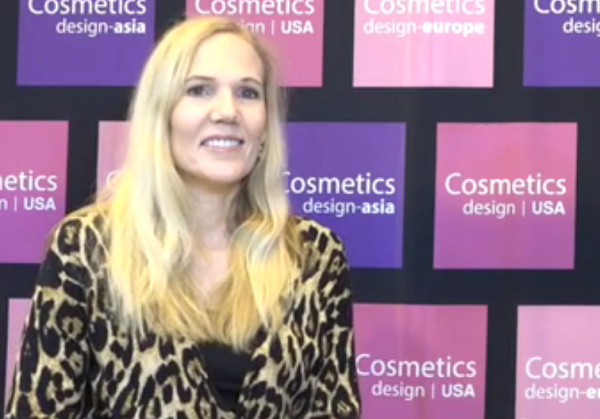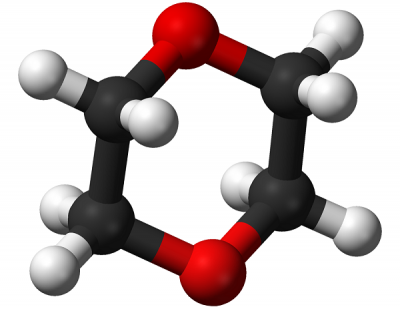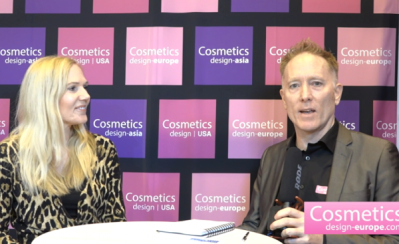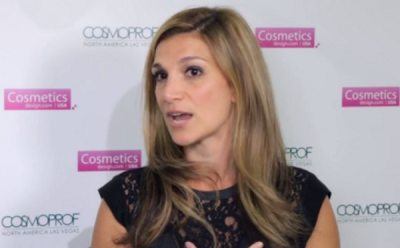Why 1,4-dioxane in cosmetics deserves more attention

Last week Cosmetics Design published an article highlighting why a recent petition headed up by Senator Charles Schumer potentially sidelined the issue of 1,4-dioxane in personal care products.
In this article we take the subject further and ask Dr. Anne Marie Fine, skin care brand owner and beauty author, why the issue of potential toxicity from this substance really matters to consumers and consider the action formulators and brand owners can take to fix the problem.
The reasons why eradicating 1,4-dioxane is important
Dr. Fine believes that there are two main reasons why the substance is a potential threat to consumers that continues to fly largely under the radar.
“First of all, this is a contaminant and byproduct of a chemical process called ethoxylation and so it is not required to be listed on the label; this means the consumer would never know if this was present in a product they were buying or not.”
“Secondly, as a likely human carcinogen (California considers it a carcinogen as evidence by its inclusion on the Prop 65 list), its presence constitutes a reckless disregard for personal health and safety - particularly as even an aware consumer would have no way of knowing if a product contains this or not.”
Highlighting these concerns, Dr. Fine states that there are documented examples of numerous natural and organic cosmetic and personal care products that been tested by a third party and shown to have 1,4-dioxane present.
A known or probable carcinogen
Although scientific evaluation is divided over the level of threat the substance poses, the fact that is at the least a probable carcinogen seems hard to deny, a fact that concerns many experts, including Dr. Fine.
“It is found in shampoos, shower gels, other liquid soaps, moisturizers and even bubble bath to which babies and young children are exposed,” Dr. Fine said.
“It is possible to remove this from products through a process called vacuum stripping; however, it is not required for manufacturers to do so. Why not require it?”
How can formulation standards be adapted?
Dr. Fine believes that consumers can be a driving force for change and says her own efforts educate both doctors and their patients on specific ingredients that can lead to the ethoxylation process that results in 1,4-dioxane.
Those ingredients include:
- Sodium laureth sulfate (-eth)
- Polyethylene
- Polethylene glycol (PEGs)
- Polyoxyethylene
- Polysorbate (often followed by a number)
- Or any ingredient with “xynol”, ceteareth”, or “oleth”
To this end, Dr. Fine underlines her belief that consumers are already taking this matter on board and that as awareness of 1,4-dioxthane and other related toxins grows, changes to formulation processes will be made.
“The next paradigm shift in medicine will be the recognition that exposure to environmental toxicants and our resulting body burden, is driving nearly all chronic diseases today,” Dr. Fine states in her book Cracking the Beauty Code.
“Within this concept will be the increasing validation of dermal absorption of toxicants from personal care products as previously unrecognized sources of toxicants.”
Dr. Anne Marie Fine is the founder of the IAMFINE Pure Skin Collection, and is also the author of a book, titled Cracking The Beauty Code, which has a whole chapter devoted to toxins in the personal care with a particular stress on the issue of 1,4-dioxane.















